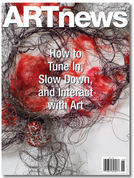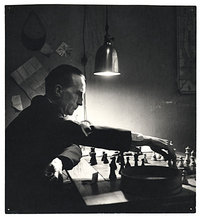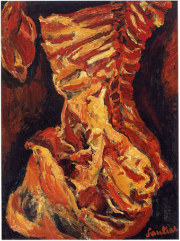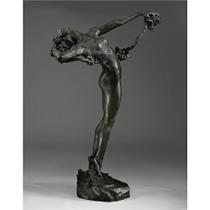ARTnews is out now with its take on the Future of Museums: Called “Reshaping the Art
 Museum,” it too seems to insist that unless museums change, consequences will be dire (only students and senior citizens in the galleries!).
Museum,” it too seems to insist that unless museums change, consequences will be dire (only students and senior citizens in the galleries!).
The article says that some museums are using game theory, interactive technology, and more special events to draw visitors. But some of the “remedies,” imho, are akin to the Vietnam War excuse of bombing the village to save it. Art museums are not meant to be community centers.
I won’t repeat the ideas in this article — bad or good — but I am prompted to give a
raspberry
 to one voice after reading this paragraph:
to one voice after reading this paragraph:
Gary Vikan, director of the Walters Art Museum in Baltimore, believes that the primary mission of art museums will evolve even further to include more social benefits. That may mean providing services for autistic children, a possibility he is discussing with specialists at Johns Hopkins University; or, as AAM director Ford Bell has suggested, it may mean providing space to teach English as a second language to immigrants.
Primary mission? Come on. Raspberry to Vikan.
Fortunately, Robin Cembalest, the magazine’s executive editor and author of the article, gives
 the last word to Thomas Campbell, director of the Metropolitan Museum:
the last word to Thomas Campbell, director of the Metropolitan Museum:
And for all the innovations in programming, marketing, and education, Campbell argues, the core mission remains the same. “We can make ourselves more user-friendly, but ultimately one of the key experiences of visiting a museum is that moment of standing in front of an object,” he says. “Suddenly you’re responding to something physical, real, that changes your own perspective. And great museums will always do that, as long we get people through the doors.”
Art museums are about art. It’s elitist to think that the way to attract new visitors is to change that. A strawberry to Campbell. May his view reign.
Here’s a link to the article.



